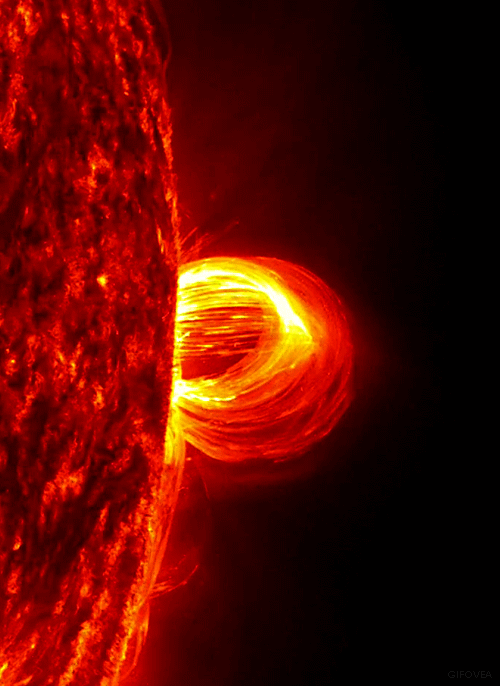Usual Interstitial Pneumonia

Usual interstitial pneumonia
It has the loose fibroblastic balls (pink balls) next to relatively normal lung parenchyma (thin septae) and a bronchiole (the blueish wrinkly thing)
(Via pulmonary pathology)
Medical lung is like… impossible. COP. DAD. DIP. NSIP. BOOP. POOP. SCHMOOP. No idea. It all looks the same to me.
More Posts from Thejoyofscience and Others
my PI when she reads my writing

my PI when she listens to me talk

my PI


Kim Weaver (b. 1964) is an astrophysics professor and astronomer. She is an expert in x-ray astronomy and has worked for NASA’s Goddard Space Flight Center.
She obtained her PhD in astronomy in 1993 from the University of Maryland. After that, she was a research scientist at Penn State and John Hopkins University. Her honours include the Presidential Early Career Award and the NASA Peer Award.
protestants: god is not an absent father! talk to god like a friend! god is always with you! bring your problems to god, no matter how small! it’s not at all weird to call god “daddy!”
catholics: god is far too important to give a fuck about your lost keys or your algebra exam. please address your petty concerns to one of god’s ten thousand holy secretaries. if it’s really important, consider asking his mom.
Microbiologists have learned how a probiotic bacterium used to treat irritable bowel syndrome can soothe gut bacterial infections caused by salmonella, paving the way for potential relief from foodborne illnesses that affect millions of people annually.

Behold the Gastric Rainbow. Sounds gross, but it’s actually beautiful. This cross-section of a mouse intestine is labeled with a spectrum of fluorescent molecules. From the green and magenta digestive enzyme-producing cells to the red mucus-secreting cells, this is one of the most dynamic areas in the mammalian body: Each cell is replaced by another every 3-5 days.
(via The Scientist Magazine)

Hematopoietic stem cells ready for re-injection. Image from Steve Gschmeisserner.
Hitchhiking bacteria might help their host navigate via magnetic fields
Deep in the mud of the Mediterranean Sea, scientists have caught microscopic protists dancing to a strange beat—the beat of Earth’s magnetic fields. Now, a new study reveals how these tiny clusters of cells orient themselves along those fields: by letting magneto-sensing bacteria hitch a ride on their outer membranes.
Researchers used microscopes to examine protist-packed sediment taken from the bottom of the Mediterranean Sea near Carry-le-Rouet, France. When they placed a magnet with its north pole facing a water droplet from the sediment, the hundreds of protists inside immediately began to swim toward the droplet’s edge. When the researchers reversed the magnet so its south pole was facing the droplet, the protists fled in the other direction (above).
-
 anaphylacticablation-blog reblogged this · 7 years ago
anaphylacticablation-blog reblogged this · 7 years ago -
 the-strongest-stars liked this · 11 years ago
the-strongest-stars liked this · 11 years ago -
 thejoyofscience reblogged this · 11 years ago
thejoyofscience reblogged this · 11 years ago -
 ihearthisto liked this · 11 years ago
ihearthisto liked this · 11 years ago -
 faerielandcorgiandbeagle liked this · 11 years ago
faerielandcorgiandbeagle liked this · 11 years ago -
 anatomia-eres-tu reblogged this · 11 years ago
anatomia-eres-tu reblogged this · 11 years ago -
 thwapology reblogged this · 11 years ago
thwapology reblogged this · 11 years ago
An assortment of scientific things from the wonderful world of biology
77 posts

